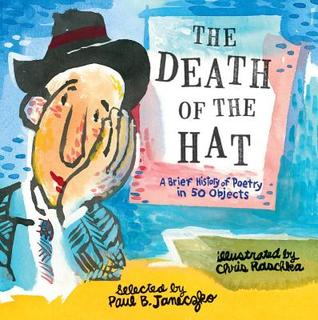I have been reading lots of math professional books as we've implemented Math Workshop in our district. This summer, I read Well Played: Building Mathematical Thinking Through Number Games and Puzzles, Grades 3-5. This was a perfect read for me this summer as we move forward with Math Workshop. I love that Stenhouse provides such an amazing online preview on their site. I was able to dig in and know that I wanted to own a copy of this book. I know it is one I will revisit throughout the school year.
The book is more than just a set of games. As Kassia Omohundro Wedekind states in her Foreword,
"This is a book about math games and puzzles, but it is also a book about building communities of mathematicians who work together to problem solve, talk about math and figure things out."
The book begins with thoughtful chapters around the use of games in the math classroom. Early on in the book, the authors state, "...many students experience games or puzzles as fun activities or time fillers, but do not consider them as essential to their learning or as an important part of a lesson for which they are accountable." The authors go on to show us how to make games a more critical piece of our workshop and to help students have ownership of the games, their goals and the conversations they have while playing.
There is a great section about discussions and the authors give lots of practical tips for teaching kids to have productive conversations while playing game. There are so many examples of these conversations, questions that push thinking and ways to differentiate throughout the book.
Much of the book is organized in chapters by math concept and there are many games that support kids across levels and operations. The authors give great games and give great variations of several of the games. The games focus on engagement and problem solving and give kids ways to use math vocabulary throughout.
The games throughout the book are introduced in a way that you can really visualize how they might look in your classroom. Directions and materials are given as well as an example of how one teacher introduced the game in a real classroom. (The appendix is large and provides blackline masters for all of the games, directions, etc.) The game pages include Tips, What to Look For when observing kids play the game, Exit Card ideas and Extension of ways to change up the game.
An amazing resource for intermediate math teachers!





































